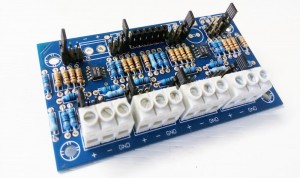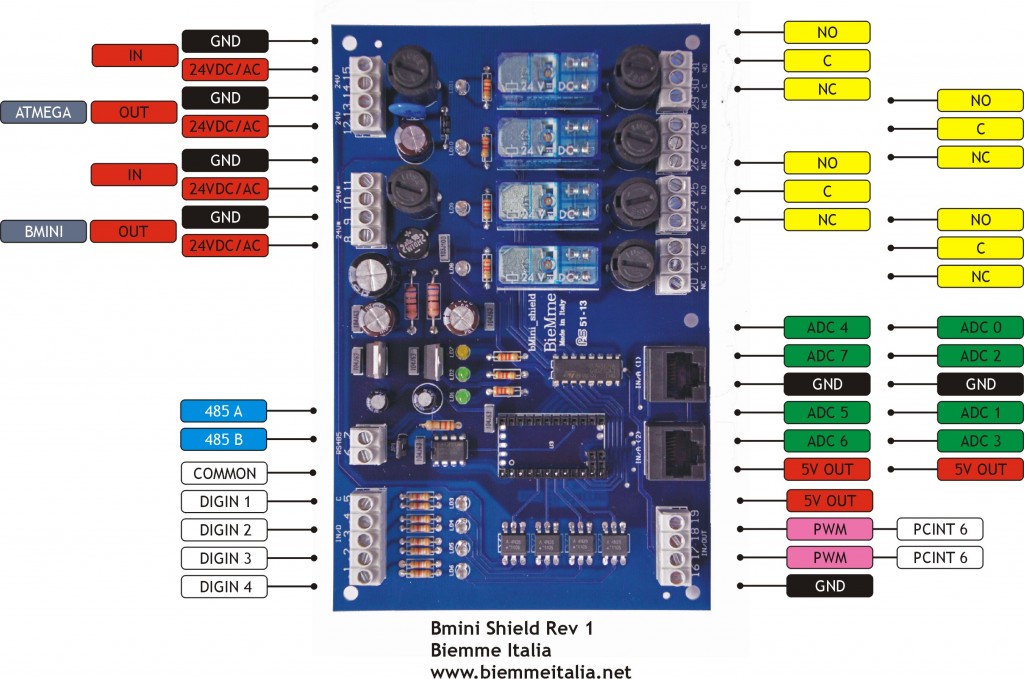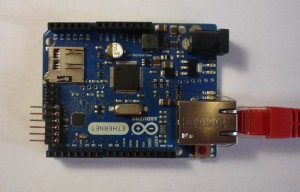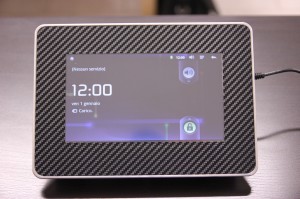The bmANA is an essential product when reading from analog inputs with Arduino.

0-10V, NTC/PTC and 4-20ma Arduino Analog Inputs Converter
We are glad to present a simple but very powerful and flexible board that let you read different types of analog inputs. Now ready from our online store.
It is well known that in the home and (especially) in the industrial automation world the most used analog input types are 0-20ma/4-20ma (current), 0-10V (tension) or NTC/PTC thermocouples. Conversely, makers already know that the Arduino boards support 0-5V tension analog inputs only.
Based on these assumptions, we designed and created a new board that converts analog signals to 0-5V tension with 10-bit resolution. This will enhance spectrum of projects in which Arduino can be used.
The BmAna board has 4 analog inputs and each one can be set with one of the following measurement type:
- 0-20ma (current)
- 0-10V (tension)
- PTC (thermocouples)
- NTC (thermocouples)
Power supply: can be used either 5Vdc or 24Vdc for the most widespread use in every field of application.
To make easy and secure the connections with the measurement sources, we used terminal blocks.
Where and how can be used? This 0-10V, NTC/PTC and 4-20ma Arduino conversion board can be used for instance with our Bmini! Take for instance a flat cable with a RJ45 connector: plug it to the Bmini (through the J8 connector) and connect it to the bmAna. You have now expanded the functionalities of the Bmini and ready for reading almost all types of analog inputs currently used in the home and industrial automation sector.
Do you like this product? Just let us know!
In the following posts, we will present in more details the board features providing examples and technical specs.
Stay tuned!




 We designed and developed a control system that uses our
We designed and developed a control system that uses our